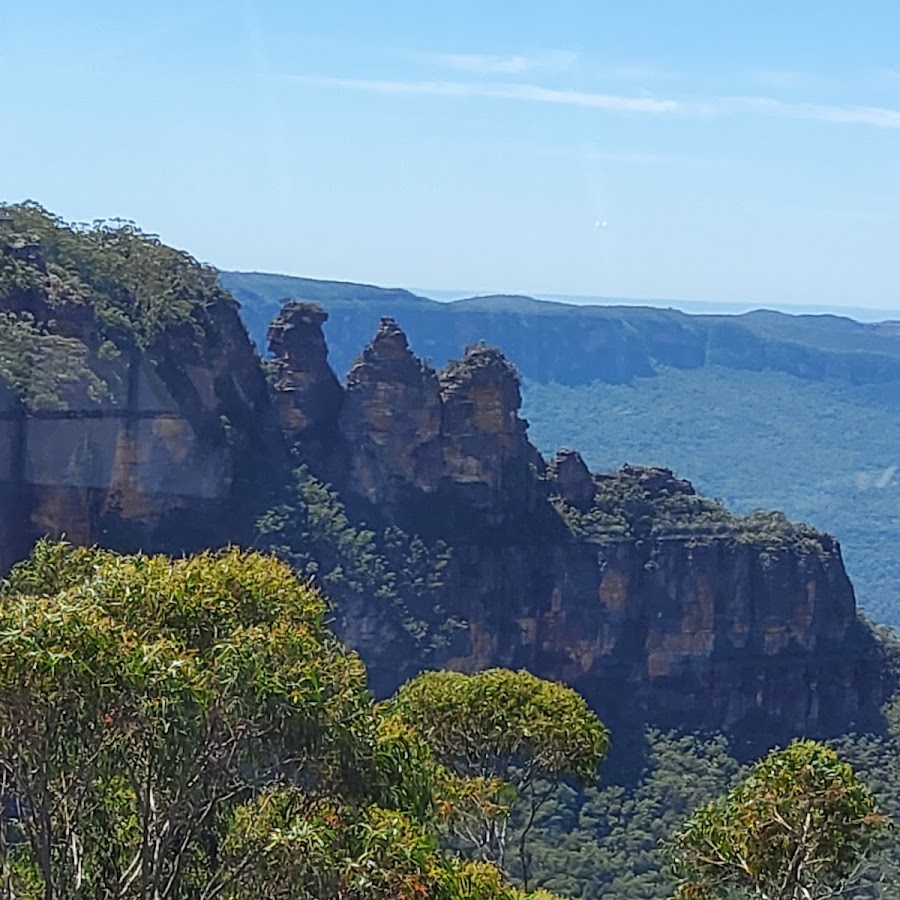Katoomba
Katoomba is the largest town in the Blue Mountains of NSW, famed for its dramatic scenery, rich history, and role as the region’s cultural hub. History Katoomba sits on the lands of the Gundungurra and Darug peoples, who referred to the area as "kedumba," meaning "shiny, falling waters," a nod to its famous waterfalls. European presence began with railway construction in the 1860s, when the area was known as The Crushers due to stone quarrying for railway ballast; the town was officially renamed Katoomba in 1877. Mining, especially coal and oil shale extraction, spurred rapid growth from the late 1870s until tourism superseded industry in the 1880s. Grand hotels like The Carrington (opened 1882) cemented Katoomba’s reputation as a fashionable retreat. The Aboriginal community in Katoomba, especially in The Gully, endured forced removals in the mid-20th century, a legacy now recognized and commemorated. Population Katoomba today has a population of about 8,000 residents, making it the largest and most cosmopolitan town in the Blue Mountains local government area. Attractions Katoomba’s foremost attractions include the iconic Three Sisters rock formation at Echo Point, extensive bushwalking tracks such as the Giant Stairway and Prince Henry Cliff Walk, and the world-renowned Scenic World (with cableway and railway rides). The town centre features historic architecture, lively cafés, galleries, and the heritage-listed Carrington Hotel. Annual festivals, Aboriginal cultural sites, lookouts, and vibrant art and music scenes make Katoomba a year-round destination for tourists and adventurers alike
 google.com
google.com